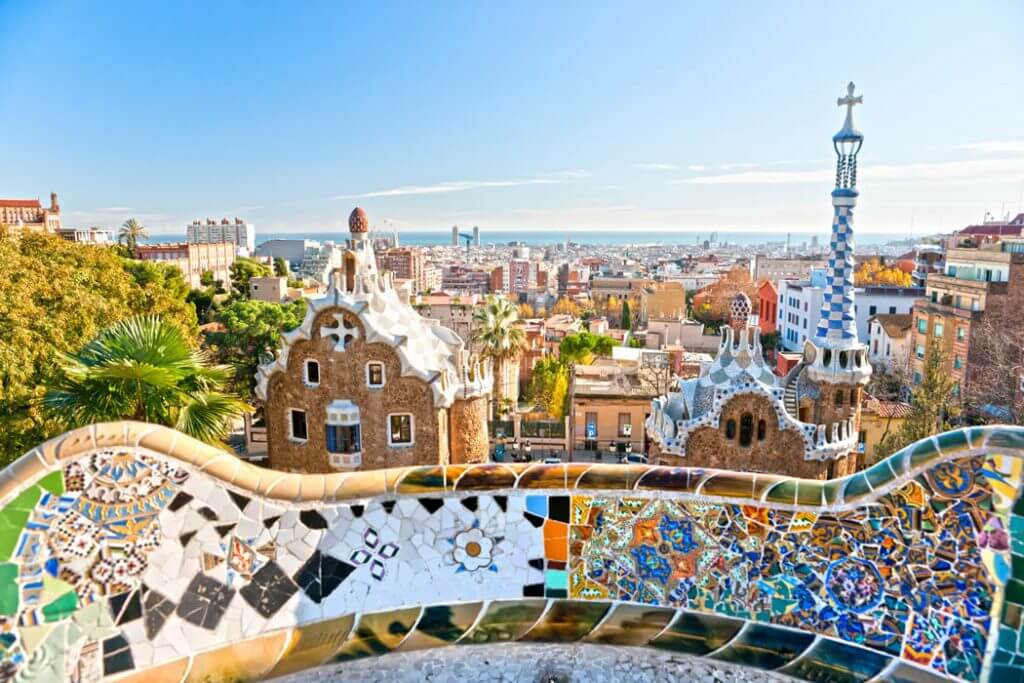
We are pleased to present the key points in this latest COVID-19 webinar summary. In this edition, we talk performance in Spain and Portugal.
NB: This is an article from STR
Spain: signs of slight recovery
Spain hotel occupancy levels are starting to show signs of slight recovery due to a lifting on restrictions. Since 21 June, the market saw it highest occupancy level on 11 July (45%) thanks to domestic and some international leisure demand.Image

Portugal: RevPAR decrease
For the week ending 12 July, Portugal saw a 79.9% RevPAR decrease.Image

Key Iberian markets’ occupancy ranges from 10%-40%
For the week ending 5 July, occupancy of open hotels in Spain and Portugal ranged from 10%-40%.
Among those markets, Alicante posted the highest occupancy level (44%), followed closely by Zaragoza (41%) and Valencia Area (39%).Image

Upper Upscale Class hotels in Spain and Upper Midscale Class hotels in Portugal most affected
All hotel classes in Spain and Portugal have been impacted by the COVID-19 pandemic, however, the Upper Upscale hotels in Spain and Upper Midscale hotels in Portugalhave been the most affected.
For the week ending 12 July, Upper Upscale hotel in Spain saw a 90.3% RevPAR decrease. Upper Midscale hotel in Portugal posted a RevPAR drop of 88.8% that same week.

Can Spain save its summer season?
Powered by Forward STAR data, the below image includes business on the books for the next 90 days (as of 6 July) in the Spanish Islands, and further insights are provided in the full webinar recording. Business-on-the-books intelligence will help us all understand recovery and provide much-needed context. Those insights can be accessed for free when you submit your data.





